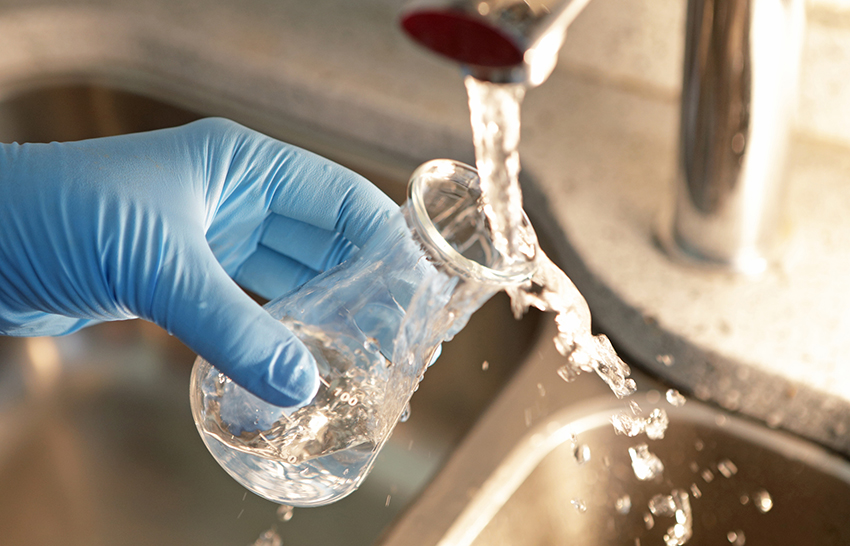

Per- and polyfluoroalkyl substances, or PFAS, are synthetic chemicals quietly spreading across our environment. People often call them “forever chemicals” because they do not break down in water, soil, or living bodies. PFAS appear in everyday items like nonstick cookware, food wrappers, water-resistant clothing, and firefighting foam.1 Many people unknowingly drink water or eat food that contains these chemicals every day.
PFAS can build up in the body over time. Studies show that PFAS can increase the risk of certain cancers, liver damage, hormone disruption, immune system problems, and developmental issues in children.2 Nearly all Americans have PFAS in their blood, including newborns, highlighting how widespread exposure has become.2
The problem also affects our drinking water. A U.S. Geological Survey study found PFAS in nearly half of the nation’s tap water, exposing millions of people every day.3 Communities near industrial sites and military bases face even higher risks because these areas use more PFAS-containing products.
Government agencies have started to act. For example, the Environmental Protection Agency proposed limits for PFAS in drinking water, although the limits were partially rolled back in May.1,4 States like California and Michigan have added their own monitoring programs and regulations. Still, cleanup remains costly, standards differ by state, and many communities continue to face exposure. Efforts to address PFAS were initiated in recent years but later reversed under the current administration, stalling progress and leaving gaps in protection.4 Without consistent action, people remain at risk.
We need stronger, coordinated solutions. National drinking water standards can protect all communities, not just some. Expanded testing can pinpoint contamination hotspots. Safer alternatives and better water filtration can reduce exposure at home and in public spaces. Technology can help detect and remove PFAS faster, but without strong policies and enough resources, progress remains fragmented.
PFAS contamination also raises equity concerns. Communities of color and low-income neighborhoods often live near industrial sites and have fewer ways to reduce exposure. Delaying action deepens health disparities and increases long-term costs for healthcare and cleanup. Taking action now is essential to protect those most at risk.
Individuals can take steps too. Using certified water filters, choosing PFAS-free products, staying informed through local water agencies and the Environmental Protection Agency, and supporting stronger policies all make a difference. Even small actions add up, helping push communities and lawmakers toward meaningful solutions.
PFAS remind us that chemicals meant to make life easier can leave lasting risks. By combining regulation, innovation, and community engagement, we can reduce exposure, protect public health, and create a safer, healthier future for everyone.
Author Bio:

Anjali Lobana, DO
Dr. Lobana is a Preventive Medicine resident at Loma Linda University who is passionate about lifestyle medicine, obesity medicine, and creation of healthier, more equitable communities. She believes in the power of prevention and is driven to make public health solutions both practical and inclusive. When she is not in the clinic or working on community projects, she enjoys connecting with others over food, movement, and meaningful conversations about health.
Reference:
- U.S. Environmental Protection Agency. “PFAS Explained.” https://www.epa.gov/pfas
- Centers for Disease Control and Prevention via EWG. “PFAS in Human Blood.” https://www.ewg.org/news-insights/news-release/2025/06/new-epa-data-shows-165m-people-exposed-forever-chemicals-us
- U.S. Geological Survey. “Tap Water Study Detects PFAS 'Forever Chemicals' Across the U.S.” https://www.usgs.gov/news/national-news-release/tap-water-study-detects-pfas-forever-chemicals-across-us
- AP News. “What the EPA’s partial rollback of the ‘forever chemical’ drinking water rule means.” https://apnews.com/article/pfas-forever-chemicals-trump-zeldin-epa-water-a1c15348e9fc42bd22b10d0329b2f321
